Podocarpus neriifolius and Podocarpus totara nivalis
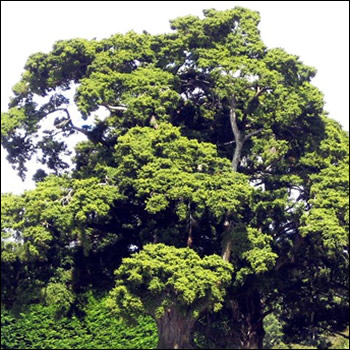
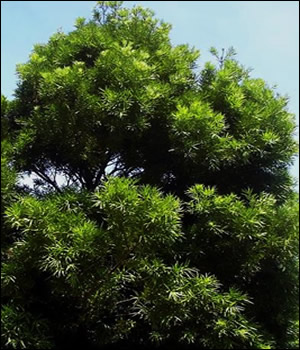
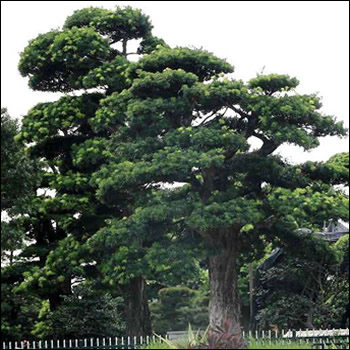
Podocarpus is a genus of conifers, the most numerous and widely distributed of the podocarp family Podocarpaceae. Podocarpus are evergreen shrubs or trees, usually from 1m to 25m but known to reach 40 metres at times. Podocarpus are evergreen woody plants.
The natural distribution of the genus consists of much of Africa, Asia, Australia, Central and South America and several South Pacific islands. The genus occurs from southern Chile north to Mexico in the Americas and from New Zealand north to Japan in the Asia-Pacific region. Many are subtropical and not frost hardy. The P. totara nivalis from New Zealand and Chile is however frost hardy to below zero.
The leaves are simple, flattened and may be sessile or short petiolate.
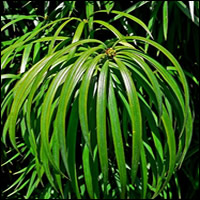
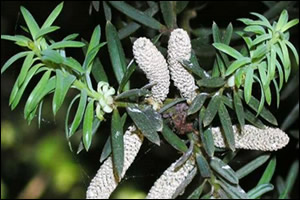
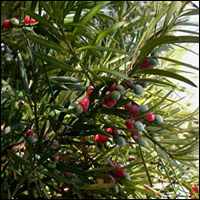
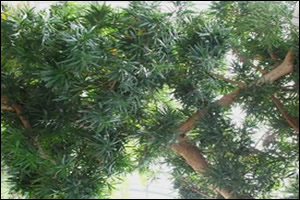
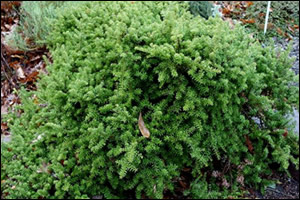
Specific Bonsai care guidelines for the Podocarpus
The podocarpus macrophyllus must be frost protected in winter, but it benefits from being outside in summer in a semi-shaded place. Watering: water the podocarpus when the soil gets dry. Keep it slightly moist but don't overwater it. Don't use very calcareous water.
Feed with solid organic fertilizer every four weeks or use a liquid fertilizer every week during the growing season. If the podocarpus is in a warm place in winter it will keep growing.
Pruning and wiring
Podocarpus varieties respond well to pruning and trimming as it stimulates ramification. Let new shoots grow until they have reached a length of approximately 10 cm before shortening them. Just cut the stems carefully and do not cut through the leaves. Older, already finished bonsai are cut back or plucked more often. As a result you will see a lot of new shoots after four weeks and thus a finer branching is achieved. In general, when cutting branches, bonsai wound sealant should be applied to improve wound healing.
Wiring can be done throughout the year. Let young shoots harden a bit before wiring them. Take care not to crush any leaves with the wire. Wire need to be removed after a few months. Guywires are useful for shaping the stronger branches. Due to the slow growth, the risk of ingrowth of the wire after wiring a bonsai is low.
Repot young podocarpus trees every 2 – 3 years and older ones every 4 – 5 years. Do not root prune heavily. Use a well-drained soil mix and if the tree is still in the typical loamy grey soil in which many podocarpus are imported, try to remove it carefully during the first repotting session without damaging too many roots. Podocarpus prefers slightly acidic or neutral soil.
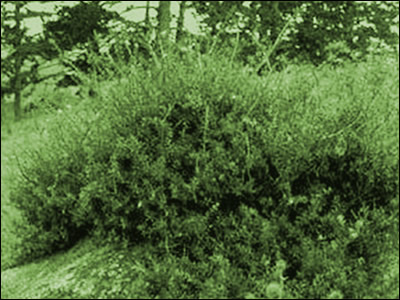
Hardy New Zealand Podocarpus totara nivalis

Below are garden grown potential bonsai as seen from different angles.
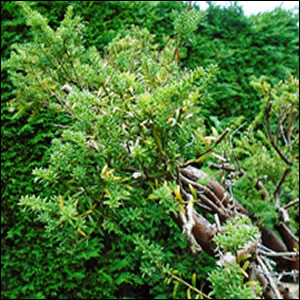
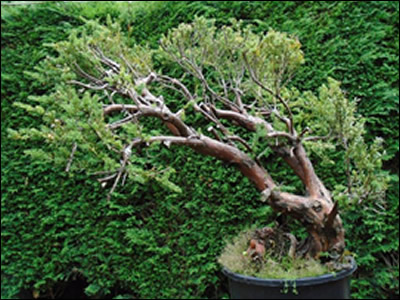
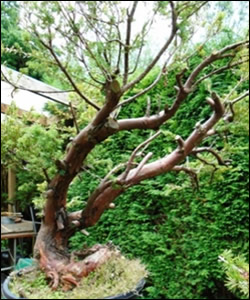
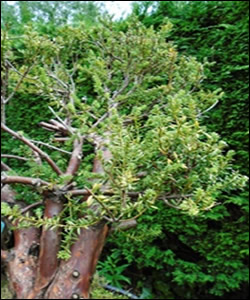

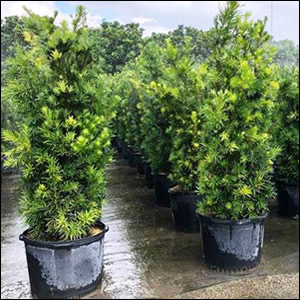
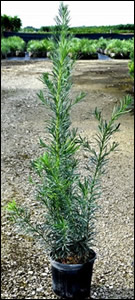
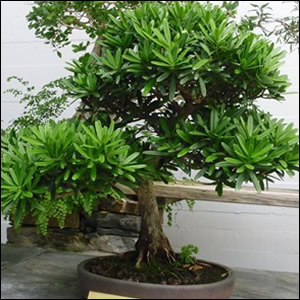
Nursey grown trees and a young immature bonsai

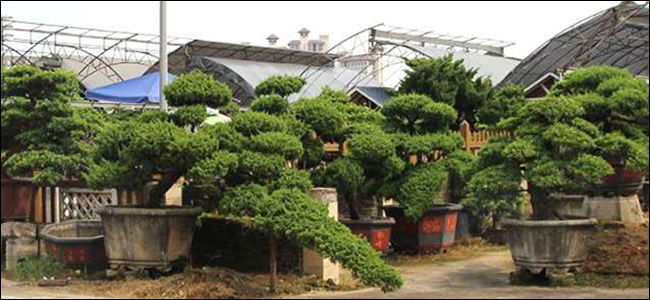
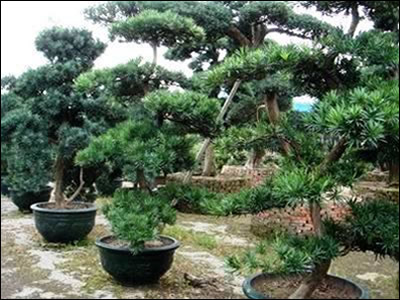
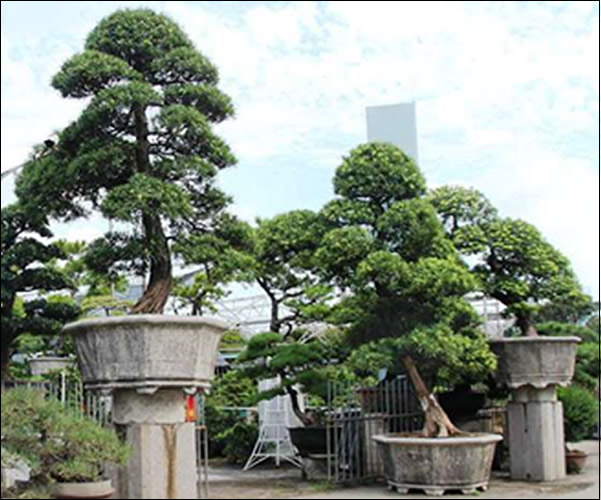
As bonsai but grown to a vast size in China

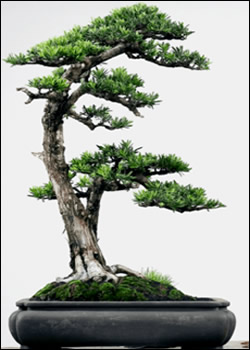
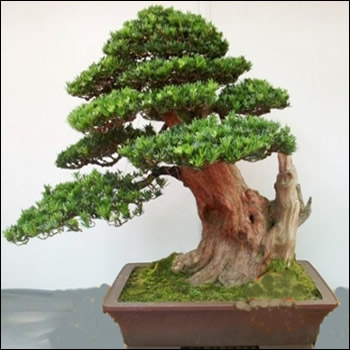
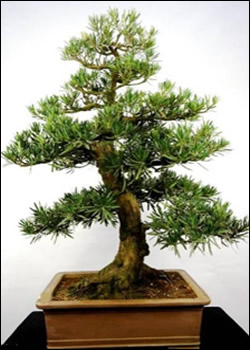
Specimen podocarpus bonsai
Web design: nysys